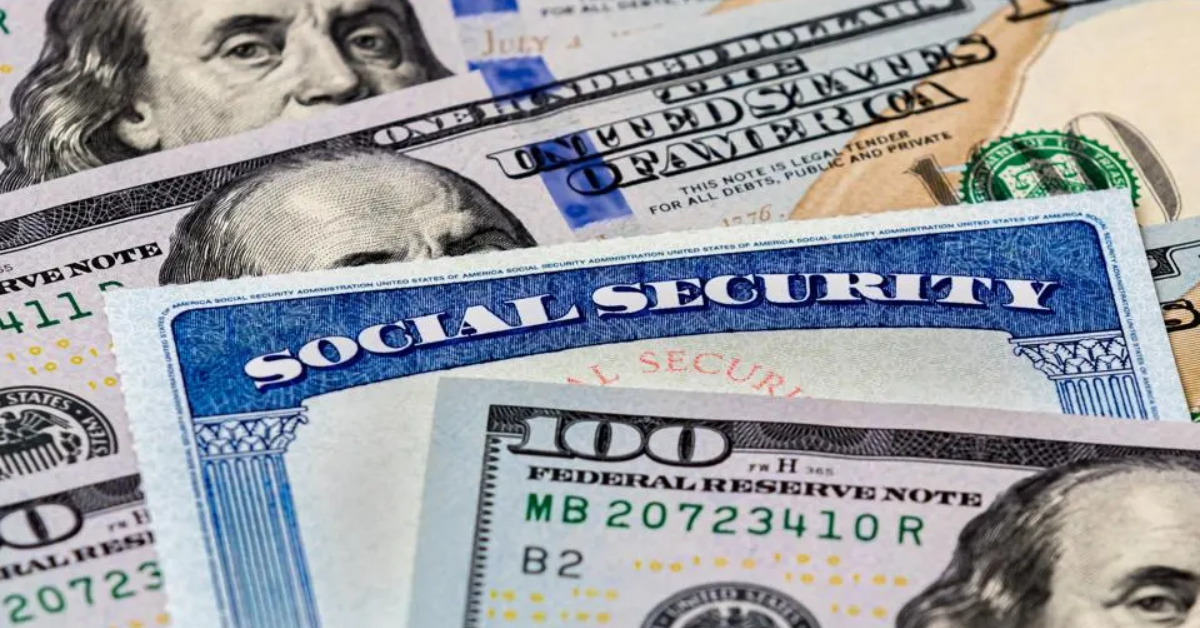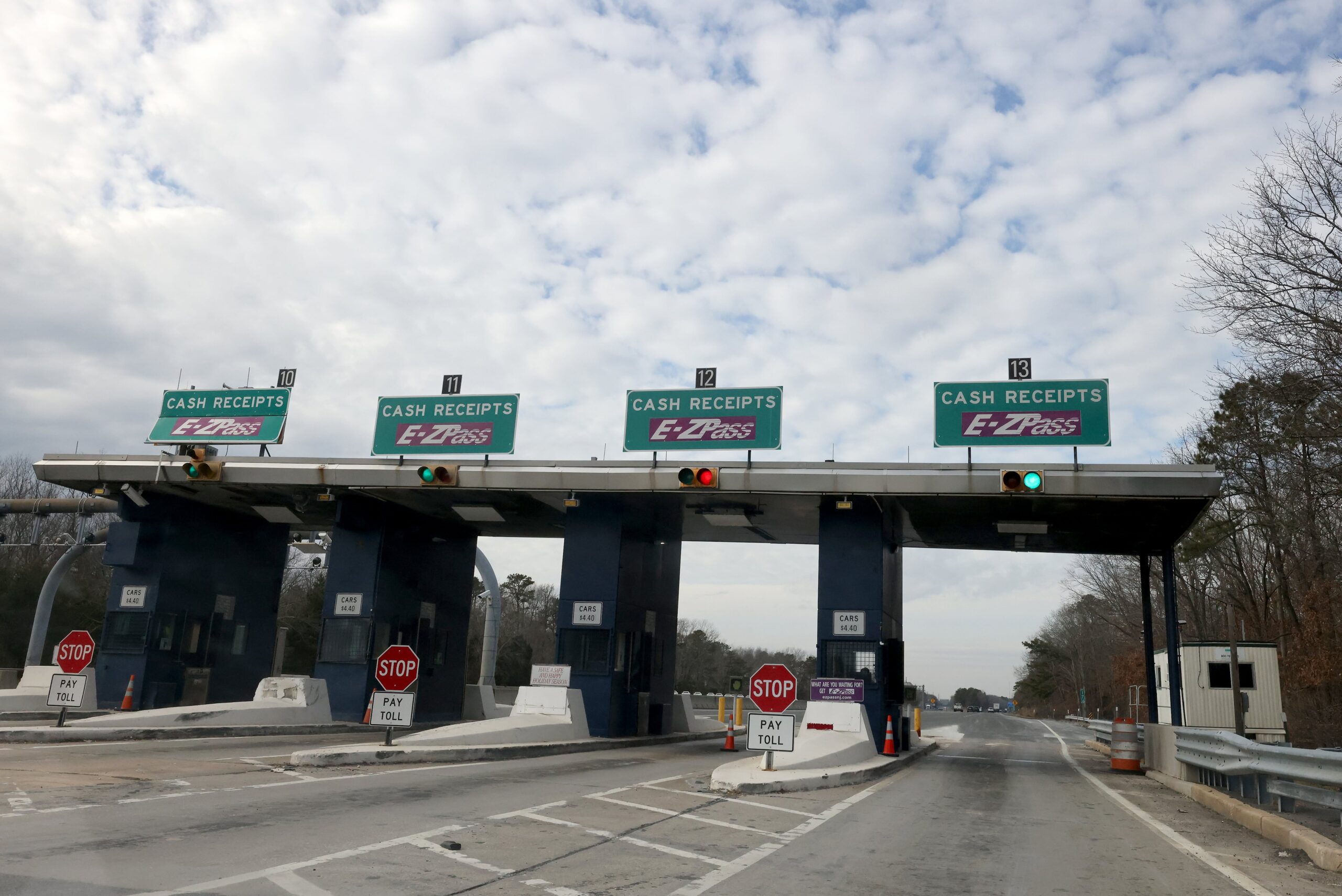For many Americans, Social Security payments are a crucial part of their monthly budget. Knowing when to expect your payment can help you manage your finances efficiently. However, delays can sometimes occur, and it’s important to understand what steps to take if your payment doesn’t arrive on time.
Understanding the Social Security Payment Schedule
The Social Security Administration (SSA) follows a structured schedule to distribute payments. The timing of your payment depends on the type of benefits you receive and your birth date.
Supplemental Security Income (SSI)
- SSI payments are typically issued on the first of each month.
- If the first of the month falls on a weekend or holiday, the payment is made on the last weekday of the previous month.
- Example: The February 2025 payment will be issued on January 31, 2025, since February 1 falls on a Saturday.
Social Security Benefits Based on Work History
- The payment schedule depends on your birth date:
- 1st – 10th of the month: Paid on the second Wednesday.
- 11th – 20th of the month: Paid on the third Wednesday.
- 21st – 31st of the month: Paid on the fourth Wednesday.
Exceptions to the Standard Payment Schedule
Certain groups of people receive their payments on the third of each month, regardless of their birth date. This includes:
- Beneficiaries who started receiving benefits before 1997.
- Those who receive both SSI and Social Security benefits.
- Recipients living outside the United States.
- People who have Medicare premiums paid by their state.
Why You May Receive Two Payments in a Month
Occasionally, recipients may receive two payments in one month due to how weekends and holidays affect the schedule. For example:
- If the first of the month is a weekend, SSI payments are issued on the last weekday of the previous month.
- This will happen in May 2025, meaning beneficiaries will receive two payments in that month.
It’s important to note that although this might feel like a bonus, it does not mean you are receiving extra money. Your next month’s payment will arrive later than scheduled.
What to Do If Your Payment Is Late
If you do not receive your Social Security payment on the expected date, follow these steps:
1. Check Your Bank Account
- If you receive your benefits through direct deposit, check your bank or financial institution for any processing delays.
- Sometimes, banks hold deposits for verification, which can cause a short delay.
- Log into your online banking account to see if the deposit is pending.
2. Wait for Paper Checks
- If you receive a paper check, the SSA advises waiting at least three business days after the expected mailing date before reporting a missing check.
- If the check still hasn’t arrived, contact the Social Security Administration (SSA) to request a replacement.
3. Contact the Social Security Administration
- Call the SSA at 800-772-1213 for assistance.
- You can also visit your local SSA office to inquire about the delay.
- Be prepared to verify your identity and provide details about the missing payment.
- If you experience repeated delays, discuss options such as switching to direct deposit for faster and more reliable payments.
Common Reasons for Payment Delays
Even though the SSA follows a strict schedule, certain factors can lead to payment delays. Some common reasons include:
- Banking Errors: If you recently changed your bank account or provided incorrect banking information, your deposit might be rejected or delayed.
- Holidays and Weekends: Payments scheduled on a weekend or federal holiday are typically issued on the previous business day, which might confuse.
- Technical Issues: Occasionally, SSA systems or bank processing delays can impact payments.
- Address Changes: If you recently moved and received a paper check, ensure the SSA has your correct address.
How to Prevent Future Payment Issues
To avoid problems with your Social Security payments in the future, consider taking these preventive measures:
1. Sign Up for Direct Deposit
Switching to direct deposit ensures faster, more reliable payments and reduces the risk of lost or stolen checks. You can set up direct deposit through:
- The SSA website (www.ssa.gov)
- Your bank or credit union
- My Social Security account portal
2. Update Your Contact Information
Keep your address, phone number, and banking details current with the SSA. This ensures that you receive important notifications about your benefits.
3. Monitor SSA Announcements
Occasionally, the SSA may announce delays due to technical issues, holidays, or policy changes. Staying informed can help you anticipate any disruptions.
4. Set Up Alerts With Your Bank
Most banks offer text or email alerts for deposits. Setting up alerts can help you track when your Social Security payment arrives.
5. Plan for Unexpected Delays
Having an emergency fund can help cover expenses in case of a delayed Social Security payment. Even setting aside a small amount each month can provide a financial cushion.
Final Thoughts
Social Security payments play a vital role in financial security for millions of Americans. Understanding the payment schedule and knowing what to do in case of delays can help you stay prepared. If your payment doesn’t arrive on time, check with your bank, wait for the standard processing time, and contact the SSA if necessary. Staying informed and proactive ensures you receive your benefits without unnecessary stress.
Disclaimer: This article has been meticulously fact-checked by our team to ensure accuracy and uphold transparency. We strive to deliver trustworthy and dependable content to our readers.








